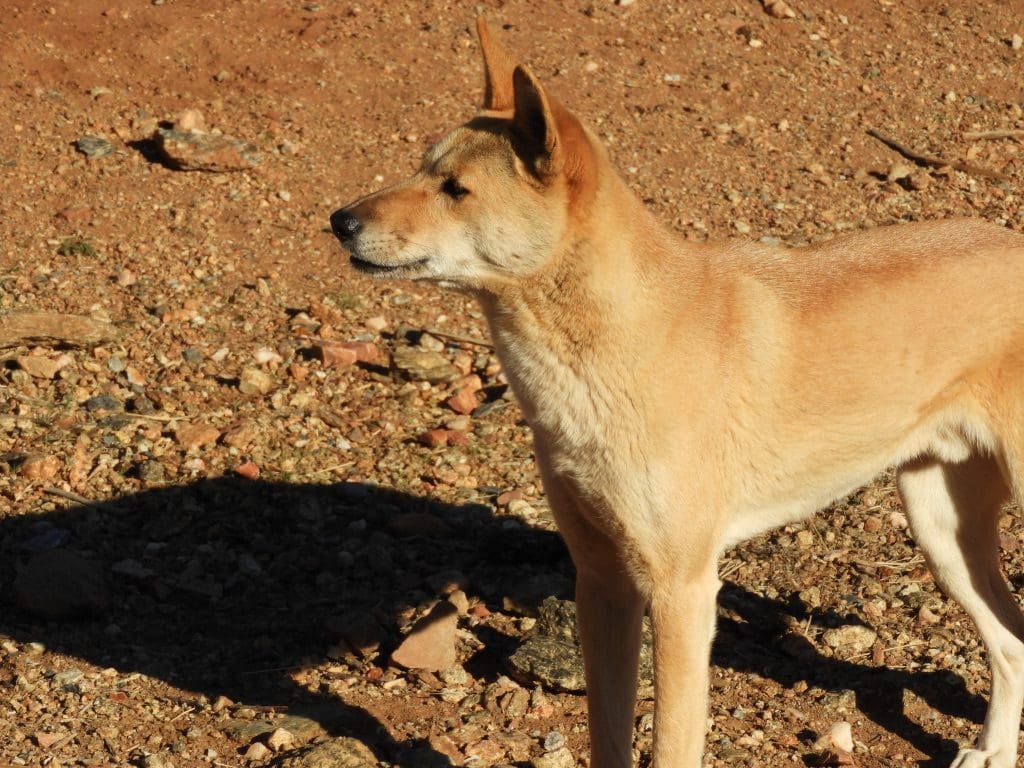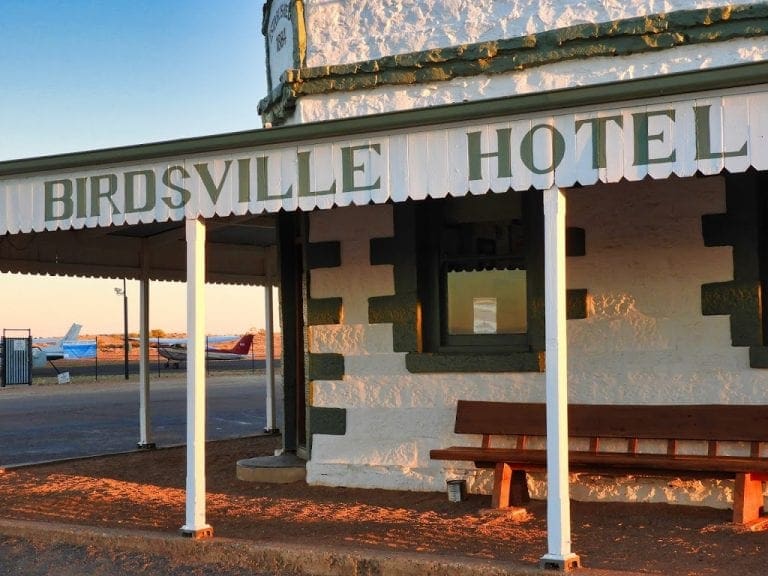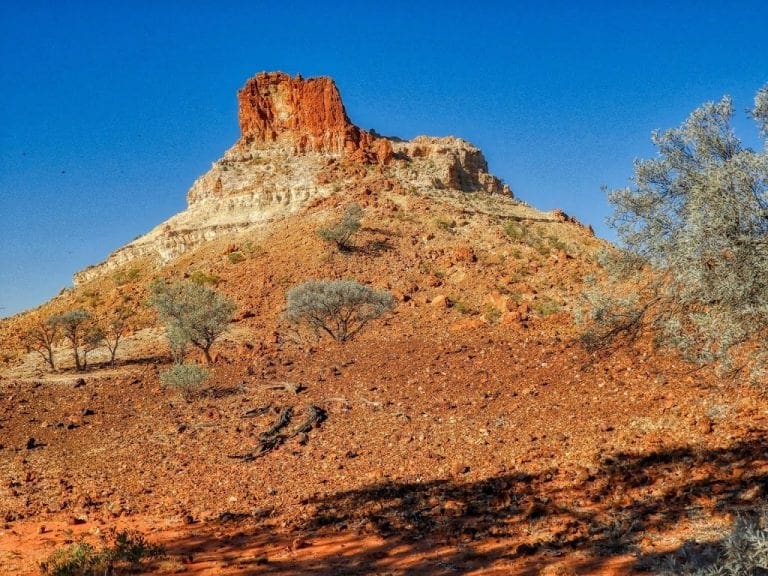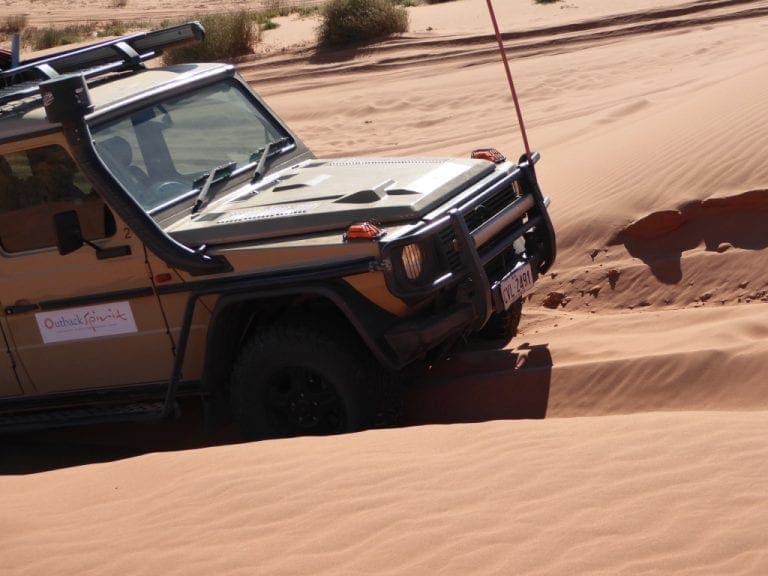Simpson Desert Trip June 2019 – prep
Saturday 15 June 2019
The adventure begins. We are off to the Simpson Desert for a 14 day trip glamping trip with Outback Spirit. We’ve done quite a lot of prep (as you might imagine). Mainly reading to get a good background. More on this later.
Today, we had a 4:30am alarm for a 5:10 lift to the airport (thank you Rob and Jill) for a 6:30 flight to Sydney (on time, no fog); then a 9:25 flight to alice Springs. 4:30 is a touch early.
Reading. I was impressed with three books.
- ‘Dark Emu‘ by Bruce Pascoe describes aboriginal settlement of Australia before white settlement in 1788. Descriptions are from early explorers’ and settlers’ records. Townships (with houses – timber with ‘thatched’ roofs – for up to 5,000 people); agriculture (cultivating grass crops, ploughing, dams & tanks for storing water); aquaculture (fish traps & fish farms); storage of excess crops (in containers, bins and storerooms). Most of these infrastructure elements were pillaged and destroyed immediately by arriving early settlers and shepherds – houses burnt, crops eaten and stored food looted. A very interesting story.
- The second book is ‘Songlines‘ by Bruce Chatwin in which he is exploring ancient nomadic peoples across the world and in this book looks at the music and rhythm of aboriginal songlines – how a single part of the songline story will be in the keeping of an individual who has a single phrase of the whole story. These fragments, combined in the correct order, give the songline through that family’s territory. Adjoining territories continue the story, each with its own part of the rhythm and language. The underlying rhythm remains the same even as the language changes. An interesting book.
- The third book is ‘The Cattle King‘ by Ion Idriess which describes Sidney Kidman’s life from
when he ran away from home as a penniless, uneducated 13 year old who in a series of jobs (looking after goats & horses, droving horses and cattle, owning a butcher shop, owning and driving a bullock team, owning a stagecoach business), Sid Kidman learnt what ‘good country’ was and how to look after it. He coveted, and eventually bought, country that received flood waters from the ‘three rivers’ (Cooper Creek, Diamantina & Georgina Rivers) that are mostly dry but occasionally run with flood water from heavy rain in far north Queensland and NT. These flood waters can wet a lot of country and form vast wetlands with good food (saltbush and forbes) for stock. Kidman managed to buy a huge amount of it (see map) and sent huge herds of horses and cattle off to market from them. The interconnected properties meant that they could help each other. Seldom were all properties in drought at the same time. Properties damaged by overstocking and pests could be rested to ‘come good’. Strangely, the SA government criticised Kidman for not overstocking his properties. Idriess ends with descriptions of the damage done by rabbits and overstocking and the significant reduction in carrying capacity that has resulted – during Kidman’s lifetime, he thought that carrying capacity had reduced to 10% of the original. Some of our journey will be through Kidman country – a couple of properties anyway.
For lunch, we found a Thai place and then back to the Desert Park again. Vastly put off by the first tour (with a herd of ignorant – “the only good animal is a dead one, cooked and on my plate!”) We recouped our waa in the large free flying aviary where we sat by ourselves surrounded by birds for about 3/4 of an hour. A few highlights: chiming wedgebill (that could be heard from a long way off), Eyrean grasswren (bigger than I expected); orange cat (yellower than orange).














